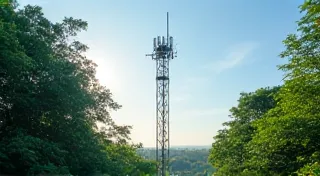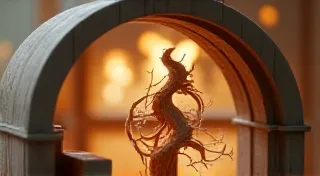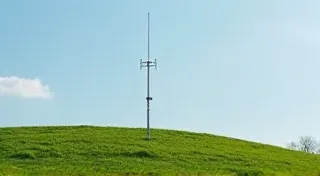From Static to Symphony: Recovering Lost Voices in the Radio Spectrum
There’s a peculiar solace found in the hiss. Not the aggressive, disruptive kind of static that demands to be silenced, but the gentle, pervasive whisper of the radio spectrum – a symphony of forgotten signals, fading memories carried on invisible waves. It's a sound that, increasingly, requires dedicated listening, a deliberate act of reclaiming voices threatened by the relentless tide of modern noise. It's a journey from static to symphony, and it begins with a profound appreciation for the past.
I remember my grandfather, a quiet man with calloused hands and eyes that held the wisdom of a thousand sunsets. He wasn’t a talker, but he possessed a deep fascination with radio. Not the sleek, digital streaming of today, but the crackling, unpredictable realm of analog broadcasting. He’s the reason I began this journey – a journey into the art of listening, of coaxing faint signals from the ether. He had a crystal radio, meticulously built from scavenged parts, a testament to his ingenuity and resourcefulness. That simple device, powered only by the energy of the radio waves themselves, opened my ears to a world I never knew existed.
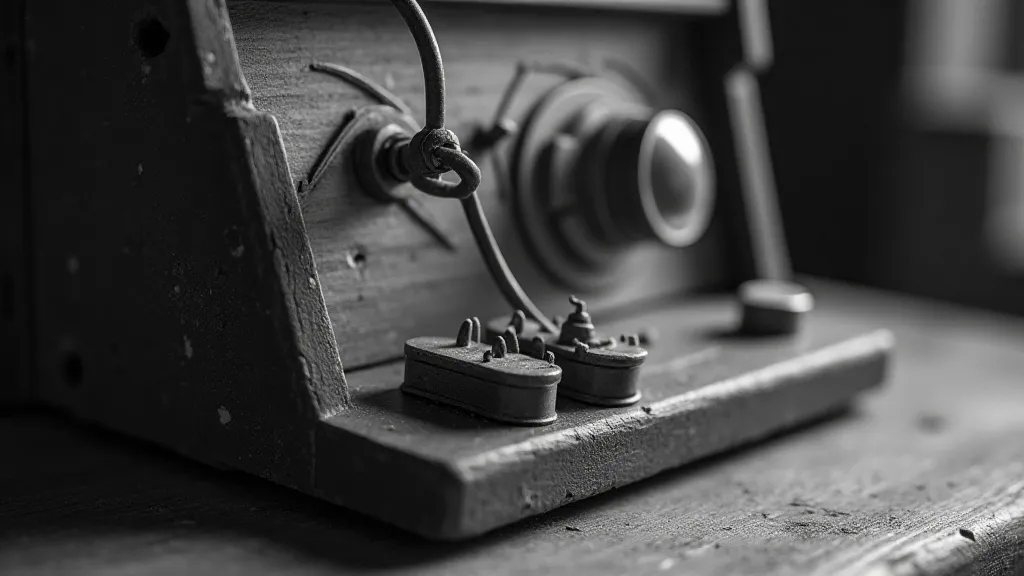
The Ghosts in the Machine
The radio spectrum wasn’t always so crowded. Early radio pioneers, men like Marconi and Tesla, dreamt of a world connected by invisible waves. But the early days weren’t just about broadcasting. They were about *listening*. Reception wasn’t guaranteed. Signals were weak. Understanding them required patience, skill, and often, a degree of intuition. It wasn’t about suppressing noise; it was about understanding it. The noise itself held clues – reflections, interference patterns – that could reveal the location of distant transmitters or the atmospheric conditions affecting propagation.
Think about the early days of amateur radio. Operators relied on their ears, their ability to discern subtle variations in pitch and amplitude, to understand transmissions. They built antennas from whatever was available – wires strung between trees, coat hangers repurposed as resonators. These weren’t engineered for maximum efficiency; they were expressions of creativity and a testament to the ingenuity of those determined to connect. And the signals they received were often fractured, distorted, lost in a haze of static. Yet, within that chaos, there was information, stories, a human connection.
Beyond Noise Cancellation: Embracing Imperfection
Today, technology has given us incredible tools for noise cancellation, signal processing, and frequency analysis. Software-defined radios (SDRs) allow us to manipulate the radio spectrum with unprecedented precision. We can filter out unwanted signals, demodulate complex modulation schemes, and even decode encrypted transmissions. But in our relentless pursuit of clarity, are we losing something essential? Are we sacrificing the subtle nuances, the imperfections that give a signal its character and authenticity?
There’s a beauty in the crackle of an old recording, a warmth in the distortion of a vacuum tube amplifier, a sense of history in the slight drift of a crystal oscillator. These aren't flaws to be eliminated; they are fingerprints of the past, echoes of the hands that built and operated the equipment. By aggressively suppressing these imperfections, we risk sterilizing the signal, stripping it of its soul.
My grandfather used to say that the static was “part of the story.” He’s right. The challenges of reception, the difficulties in understanding a faint signal, fostered a deeper appreciation for the communication itself. It created a shared experience, a sense of connection between the sender and the receiver. When the signal was weak, it felt like a victory to decipher it, a testament to our persistence and skill.
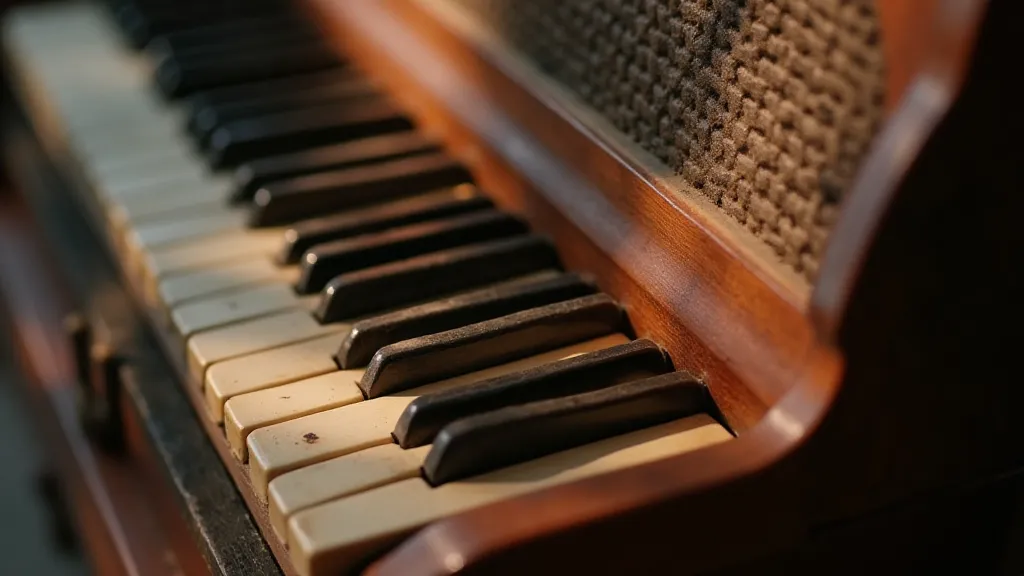
The Art of Patience and the Whisper of History
Recovering lost voices in the radio spectrum isn't just a technical exercise; it's a philosophical one. It demands patience, a willingness to embrace ambiguity, and an appreciation for the subtle beauty found in imperfection. It's about listening, truly listening, to the whispers of the past.
Consider the restoration of antique radios. Many modern repair techniques prioritize functionality and cosmetic perfection. While there's merit in restoring equipment to working order, there's also a value in preserving its original character – the wear and tear, the patina of age, the subtle imperfections that tell a story. A perfectly restored radio might look pristine, but it loses something of its soul.
The same principle applies to listening. Don't just focus on the message; appreciate the medium. Listen to the static, the hiss, the hum. They are part of the experience, reminders of the challenges faced by those who came before us. They are echoes of a time when communication was more difficult, more personal, and more meaningful.
I often find myself drawn to the lower bands – the shortwave frequencies – where the signals are weakest and the noise is loudest. It's a challenging environment, but it's also incredibly rewarding. When I manage to pull a signal from the ether, a faint voice from a distant land, it feels like a small miracle.
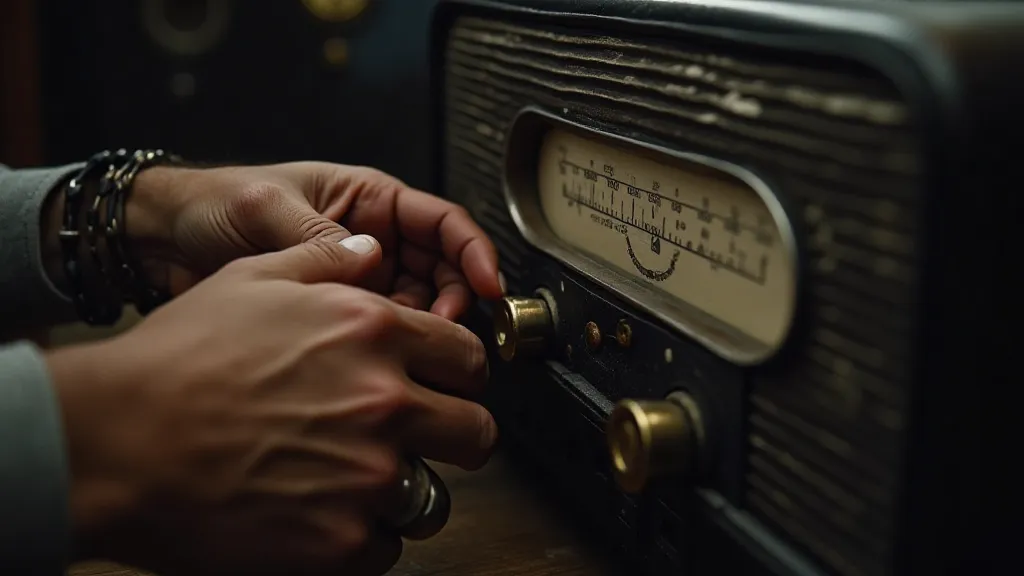
A Legacy of Listening
The quest to recover lost voices in the radio spectrum is more than just a hobby; it's a legacy. It’s a connection to the past, a celebration of human ingenuity, and a testament to the enduring power of communication. It’s a reminder that even in a world saturated with noise, there are still voices waiting to be heard, stories waiting to be told.
So, the next time you tune into a radio station, take a moment to appreciate the journey – the complex interplay of technology, physics, and human effort that brings those signals to your ears. And don't be afraid to listen to the static. You might just hear something extraordinary.

